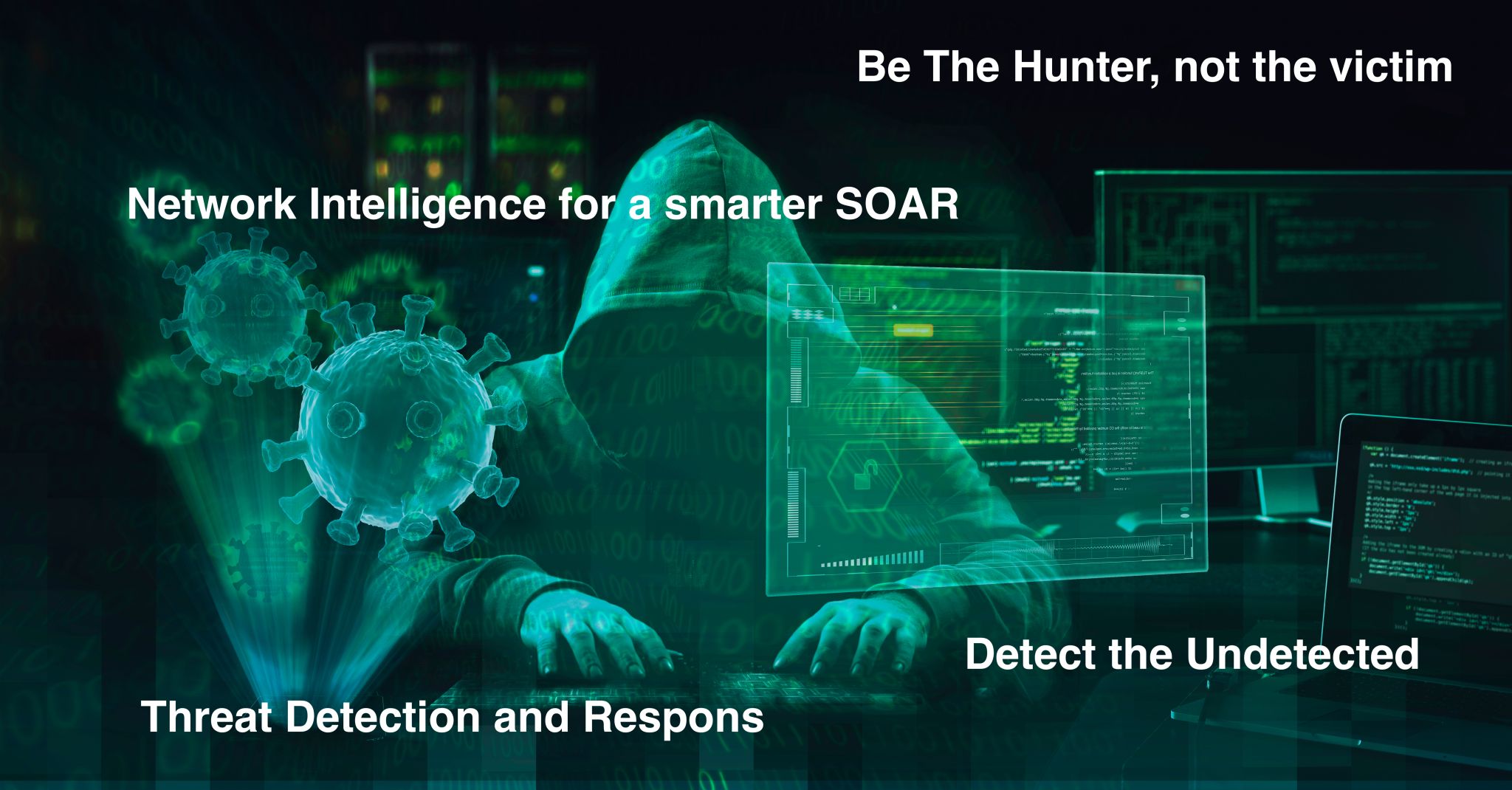Managed Network Detection and Response Service (MNDR) 24x7x365
MNDR services are not always a good fit for every organization. a variety of delivery styles for MNDR services exist and some are MNDR only in name.
Organizations must identify whether they will benefit from a combination of service capabilities both inside and outside of MNDR, including co-managed, SOC-as-a-service engagements or an internal DIY approach.
Network Detection and Response is needed to see traffic on network that a firewall or applications or devices cannot see. Also, different behavior of users can and will be detected.
For compliance this provides you also the prove if applications still use the database as normal. See access to information by unauthorized employees or what is done with data.









